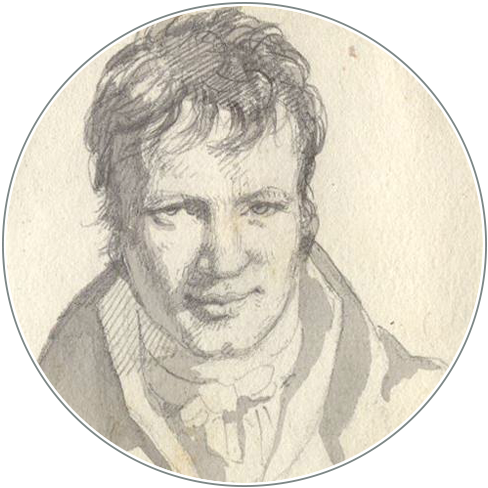Alexander von Humboldt’s ideas on volcanism and their influence on Russian scientists
DOI:
https://doi.org/10.18443/66Palabras clave:
1829, P. Kropotkin, P. Semenov, Samarium, VulkanismusResumen
Abstract
The article provides historical background for Alexander von Humboldt’s expedition into Russia in 1829. It includes information on Humboldt’s works and publications in Russia over the course of his lifetime, as well as an explanation of the Russian scientific community’s response to those works. Humboldt’s ideas on the existence of an active volcano in Central Asia attracted the attention of two prominent Russian geographers, P. Semenov and P. Kropotkin, whose views on the nature of volcanism were quite different. P. Semenov personally met Humboldt in Berlin. P. Kropotkin made one of the most important geological discoveries of the 19th Century: he found the fresh volcanic cones near Lake Baikal.
Soon after Humboldt’s Russian expedition, and partly as a result of it, an important mineral was found in the Ilmen mountains – samarskite, which later gave its name to the chemical element Samarium, developed in 1879. At the beginning of the 20th Century, the Russian scientist V. Vernadskiy pointed out that samarskite was the first uranium-rich mineral found in Russia.
Descargas
Cómo citar
Número
Sección
Licencia
Derechos de autor 2005 Alexander Zemtsov

Esta obra está bajo una licencia internacional Creative Commons Atribución-NoComercial 4.0.
Los derechos de los artículos enviados permanecen en manos de los/as autores/as y se publican bajo una licencia CC (CC BY-NC 4.0). Todos los/as autores/as que publican en HiN aceptan este modelo de licencias.
Es responsabilidad de los/as autores/as obtener la autorización necesaria para la publicación de imágenes.
Los derechos del Diseño de Impresión y el diseño de la revista no son transferibles y no pueden reutilizarse de ningún modo para otras publicaciones sin previa aprobación de HiN.









